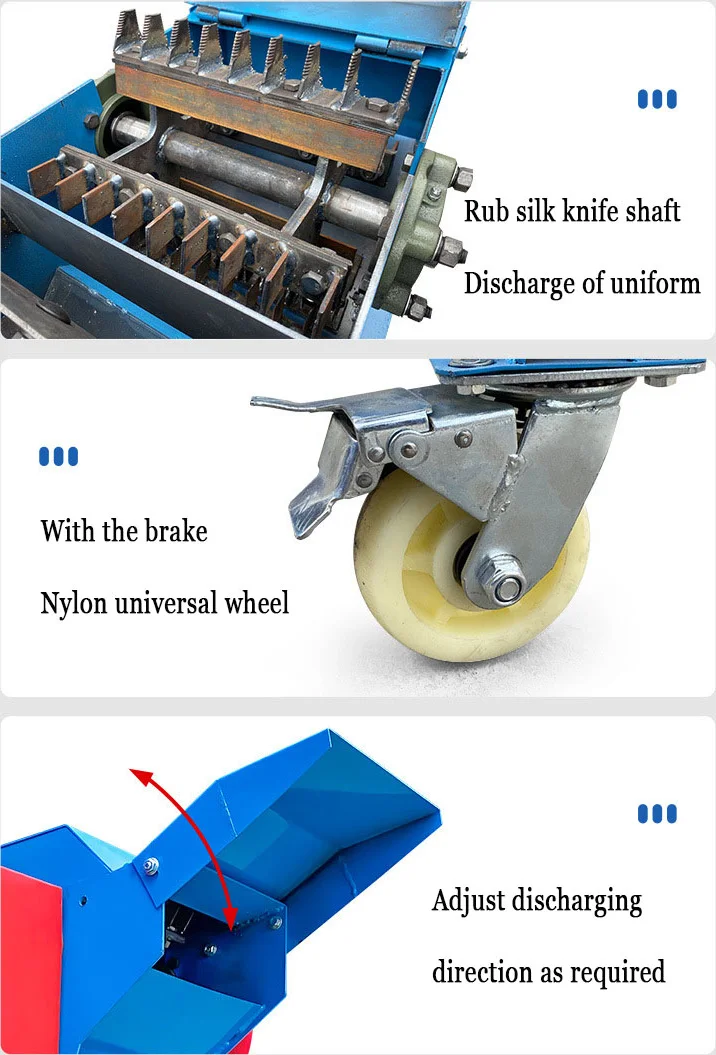Large Capacity Vacuum Packaging Equipment for Efficient Bulk Storage Solutions
Dec . 13, 2024 06:04 Back to list
Large Capacity Vacuum Packaging Equipment for Efficient Bulk Storage Solutions
The Big Bag Vacuum Packaging Machine Revolutionizing Storage and Preservation
In the world of food production, retail, and storage, efficiency and preservation are paramount. One of the most innovative solutions that has emerged in recent years is the big bag vacuum packaging machine. This sophisticated piece of equipment is designed to significantly enhance the storage life of products while also ensuring optimal use of space. By using vacuum technology, these machines cater to a variety of industries, including food service, agriculture, and manufacturing.
Understanding Big Bag Vacuum Packaging
At its core, a big bag vacuum packaging machine works by removing air from a flexible packaging material before sealing it. This process creates a vacuum-sealed bag that protects its contents from spoilage due to oxidation, moisture, pests, and environmental contaminants. These machines are specifically designed to handle larger quantities of products, making them ideal for bulk packaging of grains, nuts, powdered goods, and other items that benefit from long-term storage.
Benefits of Using Big Bag Vacuum Packaging Machines
1. Extended Shelf Life One of the most significant advantages of vacuum packaging is its ability to extend the shelf life of products. By removing air, the growth of aerobic bacteria and fungi is inhibited, thus reducing spoilage rates. This long shelf life is particularly beneficial for businesses that need to store products for extended periods before sale.
2. Space Efficiency Vacuum packaging compresses products, allowing businesses to save space in storage facilities. Big bag vacuum packaging machines can accommodate larger bags, maximizing storage efficiency and minimizing the footprint required for inventory.
3. Cost-Effective By extending shelf life and preventing spoilage, businesses can reduce losses and ultimately save money. Additionally, vacuum-sealed products require less packaging material, lowering overall packaging costs.
4. Environmental Benefits With less need for preservatives and additives, vacuum packaging can appeal to consumers looking for cleaner, more natural products. Furthermore, reduced spoilage leads to less food waste, contributing to a more sustainable food supply chain.
big bag vacuum packaging machine

5. Versatility These machines are versatile and can be used for various products across different industries. Whether packing food items like coffee beans, dried fruits, or non-food items such as chemicals or textiles, big bag vacuum packaging machines can accommodate diverse needs.
How the Technology Works
The working principle of big bag vacuum packaging machines is straightforward yet effective. It involves several stages
- Loading Products are loaded into the vacuum bag or chamber. - Vacuum Creation The machine then removes air from the bag or chamber using a vacuum pump. This step is crucial as it ensures that the environment within the packaging is devoid of oxygen, which can lead to spoilage. - Sealing Once the vacuum is reached, the machine seals the bag to create an airtight environment. This sealing process is essential for maintaining the integrity of the vacuum and ensuring the longevity of the products inside. - Cooling (if necessary) For certain products, especially those that may generate heat during the vacuum sealing process, a cooling phase might follow to ensure product quality.
Choosing the Right Machine
When selecting a big bag vacuum packaging machine, businesses should consider several factors the volume of products to be packed, the type of materials used, and the specific features that suit their needs. Some machines come with advanced options like programmable settings, double sealing, or gas flushing technology, which can further improve the quality of packaging.
Conclusion
The big bag vacuum packaging machine stands as a testament to modern technology's ability to enhance food preservation and storage efficiency. As industries focus on sustainability and waste reduction, the appeal of vacuum packaging continues to rise. By investing in this technology, businesses can improve their operations, save costs, and provide quality products to consumers, advancing their competitive edge in the marketplace.
-
Hot Sale 24 & 18 Door Rabbit Cages - Premium Breeding Solutions
NewsJul.25,2025
-
Automatic Feeding Line System Pan Feeder Nipple Drinker - Anping County Yize Metal Products Co., Ltd.
NewsJul.21,2025
-
Automatic Feeding Line System Pan Feeder Nipple Drinker - Anping County Yize Metal Products Co., Ltd.
NewsJul.21,2025
-
Automatic Feeding Line System - Anping Yize | Precision & Nipple
NewsJul.21,2025
-
Automatic Feeding Line System - Anping Yize | Precision & Nipple
NewsJul.21,2025
-
Automatic Feeding Line System-Anping County Yize Metal Products Co., Ltd.|Efficient Feed Distribution&Customized Animal Farming Solutions
NewsJul.21,2025






